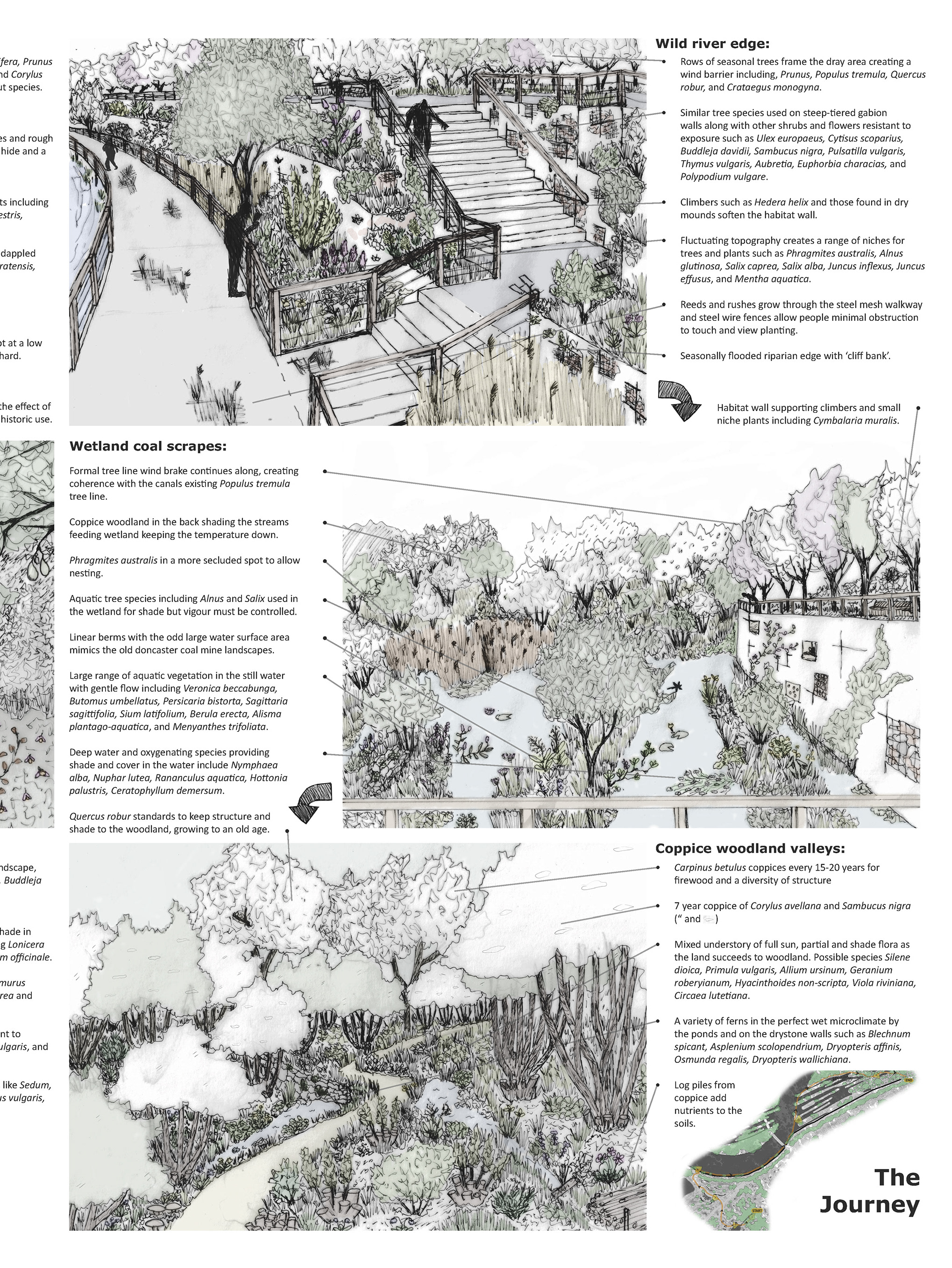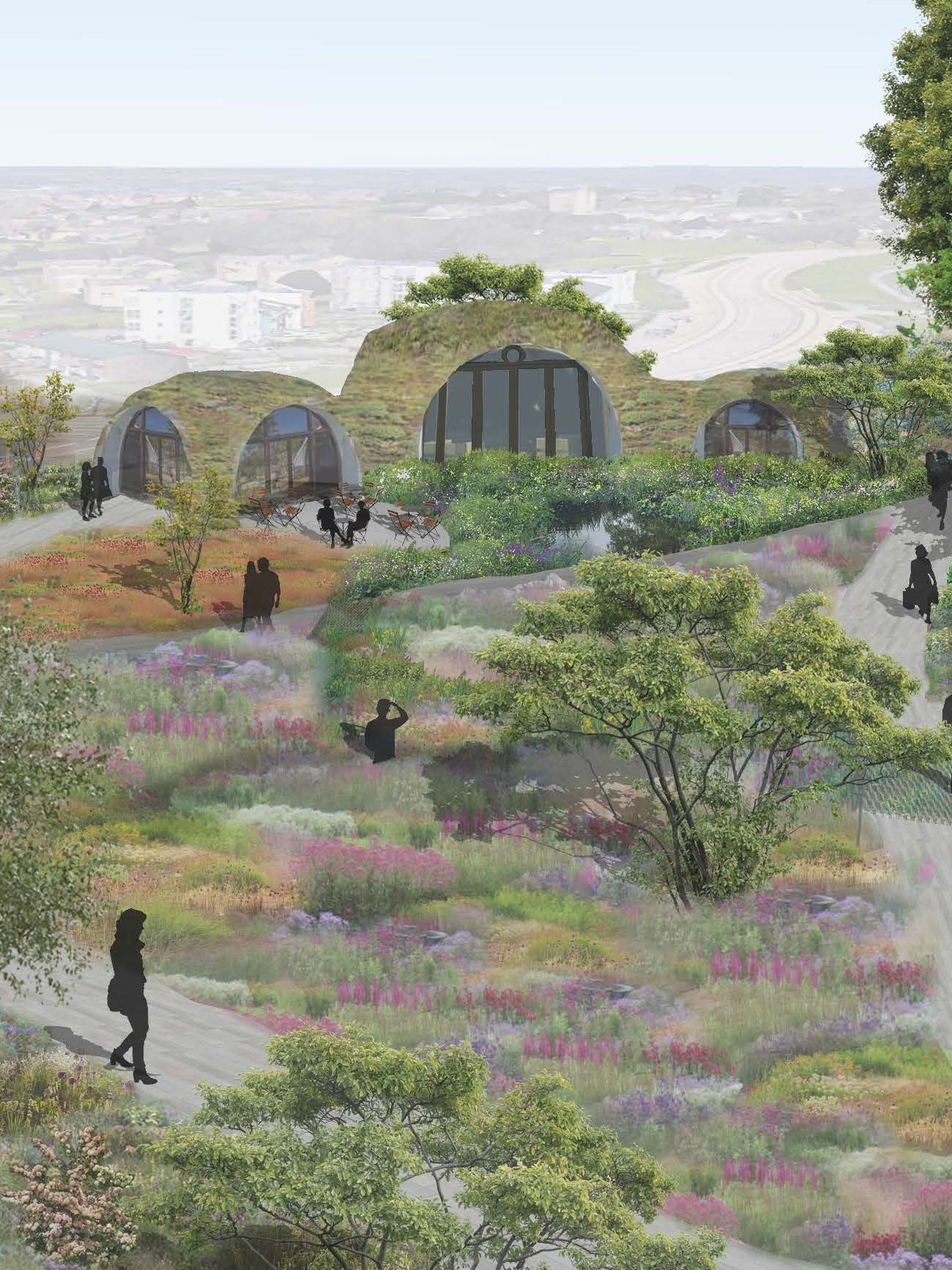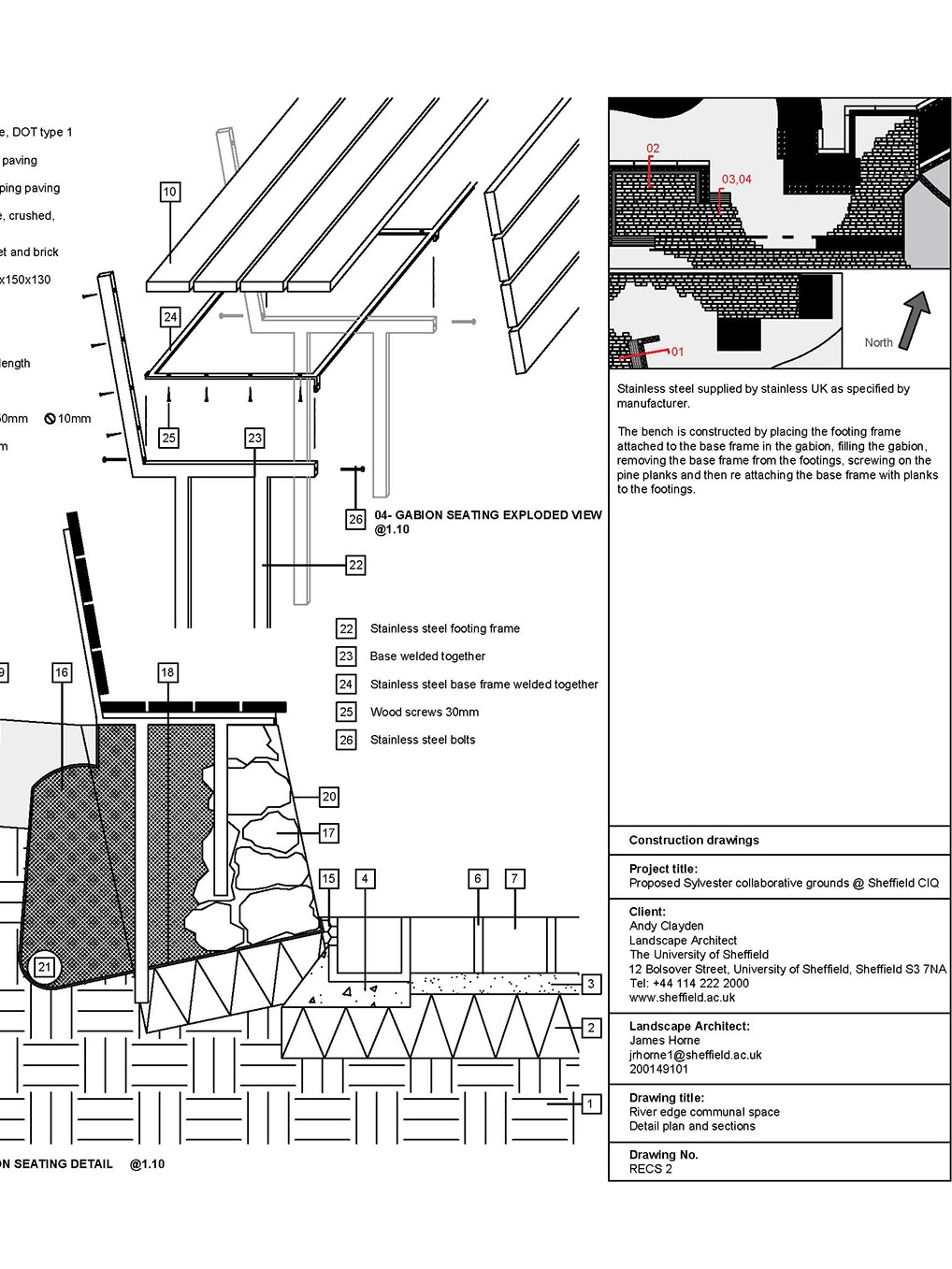Sheffield Undergraduate Research Experience (SURE) over 6 weeks with supervisor Dr Paul Brindley
Abstract
Previous research by the supervisor highlighted the importance of domestic gardens for the health and well-being of residents (Brindley et al 2018). As such, gardens can be a significant mediating mechanism to alleviate poor health.
The Guardian newspaper (Guardian, 2022: 26/02/22) recently reported that the most deprived areas in England have less than a third of the garden space enjoyed by the richest areas (averaging 114 square metres in the poorest areas compared to 379 square metres in the richest).
It is not just the size of a garden, however, that is important. For example, it is more cost-effective to maintain paved gardens than manage flora but it may be the nurturing of those flora that provides important health and wellbeing effects for residents.
The research explored relationships between domestic garden size, deprivation, tree canopy area, tree height and greenness of domestic gardens within Sheffield's urban area. Data was analysed using a Geographic Information System (ArcGIS) from sources including Digimap (OS greenspace, NDVI), Office for National Statistics (Index of Multiple Deprivation, built-up area subdivisions) and Bluesky (National Tree Map). SPSS Statistical software was used alongside Excel to generate graphs to display findings.
The research showed that there are two-thirds fewer trees in deprived areas, compared to the least deprived. Additionally, there was a decrease in the greenness of domestic gardens in more deprived areas. This shows that as well as being smaller, gardens in more deprived areas are less green, making them less beneficial for the residents' health and well-being.
The Guardian newspaper (Guardian, 2022: 26/02/22) recently reported that the most deprived areas in England have less than a third of the garden space enjoyed by the richest areas (averaging 114 square metres in the poorest areas compared to 379 square metres in the richest).
It is not just the size of a garden, however, that is important. For example, it is more cost-effective to maintain paved gardens than manage flora but it may be the nurturing of those flora that provides important health and wellbeing effects for residents.
The research explored relationships between domestic garden size, deprivation, tree canopy area, tree height and greenness of domestic gardens within Sheffield's urban area. Data was analysed using a Geographic Information System (ArcGIS) from sources including Digimap (OS greenspace, NDVI), Office for National Statistics (Index of Multiple Deprivation, built-up area subdivisions) and Bluesky (National Tree Map). SPSS Statistical software was used alongside Excel to generate graphs to display findings.
The research showed that there are two-thirds fewer trees in deprived areas, compared to the least deprived. Additionally, there was a decrease in the greenness of domestic gardens in more deprived areas. This shows that as well as being smaller, gardens in more deprived areas are less green, making them less beneficial for the residents' health and well-being.









